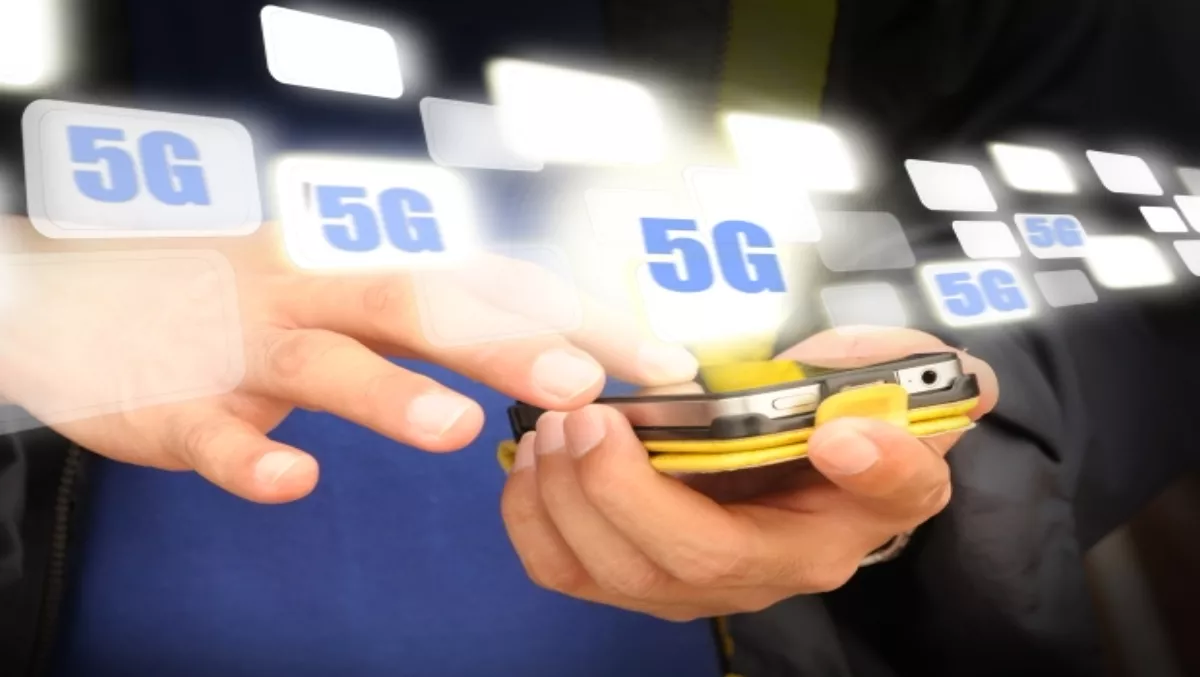
Alcatel-Lucent explains their vision of 5G
Before the launch of 4G mobile services there was plenty of hype, mostly around speed. 4G networks would be much faster, enabling us to watch movies on our mobiles.
Now that 4G is here discussion is starting to ramp up around 5G, although it’s likely to be a decade before we see commercial services at any scale.
This time around the message is much more nuanced because there is no single technology advance that will characterise 5G as there was with 4G and before that, 3G and 2G.
Alcatel-Lucent’s Bell Labs is at the forefront of 5G research and, according to Tod Sizer, Bell Labs’ head of wireless research - addressing an Alcatel-Lucent Technology Symposium in the USA last week - 5G is “not about speed, not about a new air interface, and not about enabling machine to machine [M2M] communications.” (Although it will have all those features).
The Bell Labs vision of 5G is centred on meeting the expectations of the young adults of 2025 - the smartphone and tablet generation.
“They will have grown up entirely without landline phones," Sizer says.
"The only way they will know how to interact with their world will be in an untethered sense and they will expect to get connected to their world whenever they happened to be with high quality.
“So it is really about designing networks that are flexible enough to meet those expectations.
“We really believe we need to focus on end-to-end performance: getting access to the information and to the applications the user wants is going to become more and more important.
"We need to think more about the entire solution. How to build the network to be flexible enough to serve these new unique applications.”
Instead of the user having to adopt the network, the network will adopt to the user, he says. For example, if you are watching a video the network might know that you are entering an area of poor coverage. It might buffer up some video on your device or reduce therate to compensate.
This might be the grand vision but beneath it there are multiple technology challenges to be met. 5G might not be ‘about M2M’ but it will have to support billions of passive sensor devices - a role to which 4G is ill-suited according to Michael Peeters, Alcatel Lucent’s CTO Wireless.
“One of the things we are working on in Bell labs is how we can design networks that support 10 year battery life [in passive sensor devices]," Peeters says.
Peeters explains that, in 4G, if a passive sensor wants to send even a small amount of data to the network it must go through a complex handshaking procedure with the base station, one that consumes battery power.
Also, 5G will certainly be called on to deliver much higher bandwidths, through a combination of more spectrum, greater efficiencies in the use of that spectrum, and many more base stations.
There is some debate as to how much each will contribute. But, Peeters says, Alcatel-Lucent believes that base station density will make the biggest contribution, in part because additional spectrum will be at multigabit frequencies that are usable only over short distances.
These frequencies, however, dovetail nicely with another key component of the 5G vision in which Bell Labs claims to be a world leader: MIMO: multiple input multiple output. By having multiple antennas on the transmitter and receiver you can send data over multiple paths, increasing the throughput.
For frequencies in the multigigabit range the antennas are very small, so many more can be crammed into the base station.
Every base station needs backhaul, and in the future most of that backhaul will be fibre to handle the high data rates of future wireless technologies.
n reality that is what leading edge fixed networks like the UFB are today. Many consumers rely on in-home WiFi to connect to the UFB, but these networks are not integrated into today’s mobile networks. That, Sizer says, will change.
“Wired and wireline solutions are converging to networks that are sophisticated core and access networks and wireless on the very end," he adds.
"So you’ll be able to take advantage of the benefits and solutions that are already out there in the wireline world and marry them to wireless.”
Stuart Corner travelled to the Alcatel-Lucent Technology Symposium as a guest of the company.

